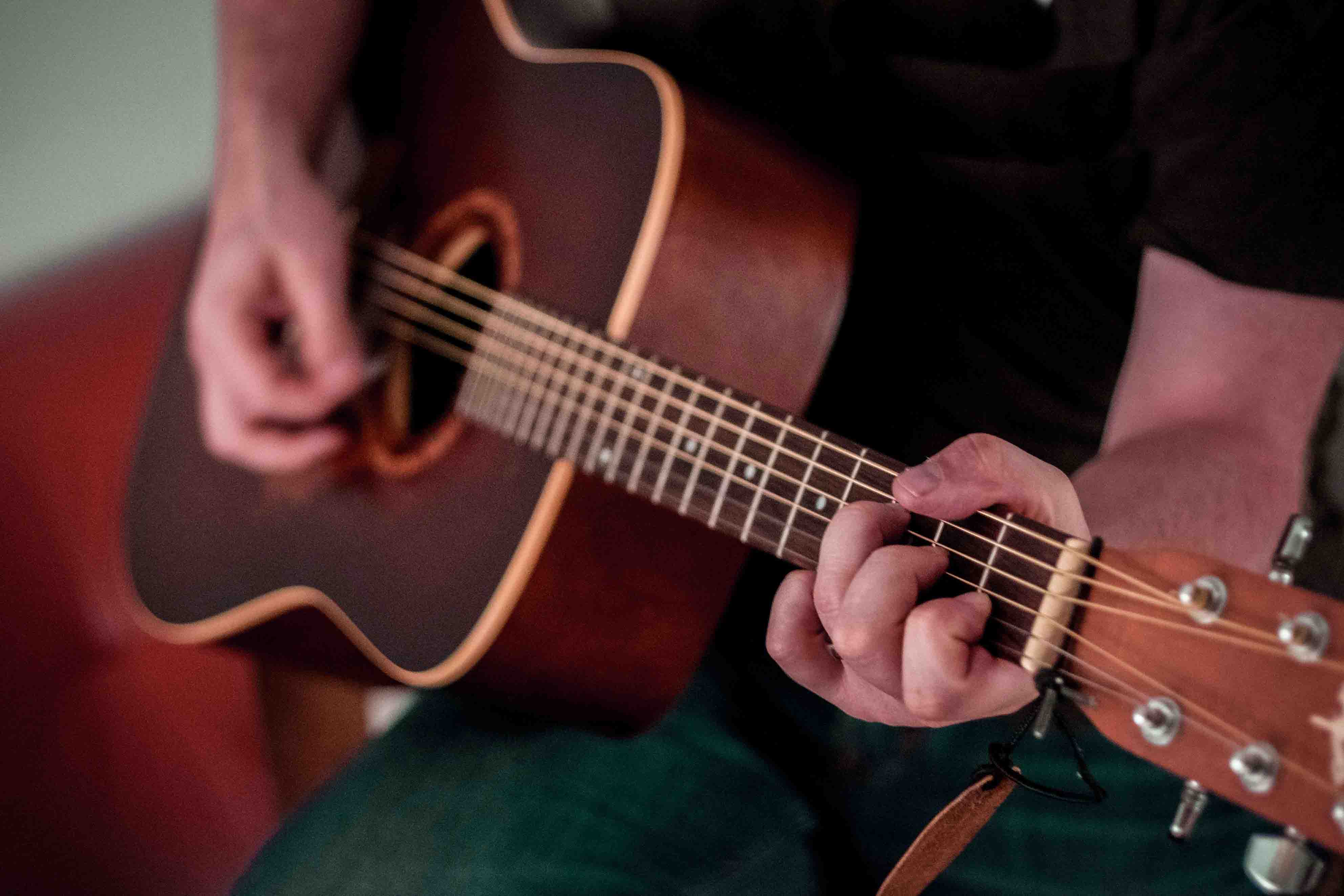
Here's what you need to know about Song Structure...
Having a good understanding of song structure and song arrangement is vital when it comes to songwriting.
Songwriting is a form of self-expression so the words, structure and arrangement may seem a little out of place to you.
But, you need to understand song structure before you go ahead and break the rules. A song without a well thought out structure becomes unfocused and hard for the listener to follow. Ultimately becoming unrelatable.
Wouldn’t you like to write songs that are enjoyed by others as well as yourself?
Once it is understood then you have creative freedom allowing you to play with structure In an intellectual way.
A song's structure can be broken down into sections. Let’s have a look at the most common components of a song's structure and understand why they are used when they are used.
To have a look at examples head on over to song structure examples for a breakdown of how structure is used throughout music. Otherwise...
The most common song structure is...

Song structure
1
Intro
First impressions are important and if an introduction
doesn’t occur your listener may feel like they have been hurled into
something that they didn’t necessarily want to be hurled into.
A songs intro sets the tone and eases the ear into the song. This gives the audience a taste of what the track's vibe is all about.
Introductions have become increasingly shorter over the years in common pop music. That's just the way it is.
Having said that it’s always best to have some sort of introduction. Just know that a three-minute instrumental intro won’t make it onto the radio. Keep your intros short and deliberate.
Feed your listener with an
attention-grabbing snippet of music. It should draw people in and make
them want to listen to more. A good song intro can become quite
recognizable. Think about this…
Have you ever heard the first 5 seconds of a song and known instantly what song it was? That is the sign of a great introduction.
Those are the songs that instantly hook you, they are the ones that stop your finger when rapidly skipping through a shuffled playlist.
Writing clear and concise
introductions is an important technique to master. After all, why not
please your listener within the first few seconds of a song?
If
you aren't necessarily interested in getting onto the radio, then by
all means create longer intro’s, Just make sure they are well
calculated.
Its worth noting that an intro doesn’t have to contain different chords to your first verse.
Take a look at these classic examples of attention-grabbing intro’s.
Dire Straights - “Walk of Life”
AC DC - “Highway to Hell”
Toto- “Africa”
Paul Simon- “You can call me Al”
Ed Sheeran- “Shape of you”
If you want to have a squiz at more examples click here to go through to song structure examples
Song structure
2
Verse
Your verses (no matter which one) is your opportunity to get what you are trying to say across.
It’s where most of the storytelling happens and ties the song's choruses together.
Building and relieving tension is key when writing your verse. You can explore unique moments of songwriting throughout the verses without changing the entire direction of the song.
It can be thought of as the section of your music where you have the most creative license.
So have fun and experiment with the music but especially with your lyrics.
Song structure
3
Pre-chorus
Although it’s not always used and not listed in the most common song structure list, a pre-chorus can be used to give the chorus more of an impact.
It generally contains chords from either the verse or the chorus and builds momentum before dropping into the main chorus. Essentially creating anticipation and excitement.

Song structure
4
Chorus
The big one… A chorus can ultimately make or break a song. TAKE YOUR TIME when writing them. The most common nature of a chorus is a repetitive one. Normally the same lyrics are used in every chorus, unlike a verse.
A nice little tip to keep your chorus’s interesting as you go, is to always add something slightly new to every one that occurs. Whether that is an extra bongo sound or another layer of harmony, as long as it doesn’t change the structure of the chorus it can help keep them fresh and exciting in a subtle way.
A chorus will normally lyrically revolve around your key ideas. It’s ultimately what the song is all about.
Normally it feels like the song is always leading up to the chorus, so when it eventually arrives make it catchy and Important.
Simple lyrics work best here, and writing a good hook is important too.
You don’t want an overcrowded chorus that doesn’t even know itself, where it is supposed to be. The verses always guide your listener's ear towards a chorus.
It is important to always release the built tension upon arrival at a chorus. Check out how to write a chorus if you want to dive deeper into this.
Song structure
5
Bridge
A bridge can be a good way to break up the monotony of a track. They are not mandatory, however, they can be quite effective when trying to keep your listener interested and engaged.
The bridge normally is a section of the song that consists of different chords to the rest of the song.
They can be carried out in many different ways.
The most common technique is to use it as an opportunity to have a “breather” and lower the intensity before building it back up and dropping into the last chorus.
Just because typically a different set of chords is used, doesn’t mean that it must sound like a whole different song. It is just a brief musical tangent to keep the song fresh and captivating.
Because the chords sound different from the rest of the song it can make the last chorus hit harder as it slips back into the familiar hook, melody and chords.
Song structure
6
Outro
An outro is quite obviously the opposite of an intro.
Although they generally sound the same. It is a nice way to round off the song.
You can end big or bring it back to the same state as the intro.
People often overlook the way they end songs, which is a common mistake. The outro is the last thing the listener hears so it will stay more present in their mind once it’s done.
Keep your endings clean and tight. Finish strong.

Once you have a firm grasp on song structure you can play around with it. Start listening to songs from a structural point of view.
You will be surprised as to how creative writers have been.
Some songs don’t contain choruses they just contain a hook or refrain. Some songs don’t contain a bridge and still manage to keep the track fresh by playing around with the sounds that are already there.
But these have been written deliberately by someone that understands song structure.
Try writing in the standard structure outlined above and then mix it up once you know more about what goes where.
As musicians we tend to shy away from any kind of structure, but when it comes to our craft its good to understand that it is necessary in order to write the best song we can.



